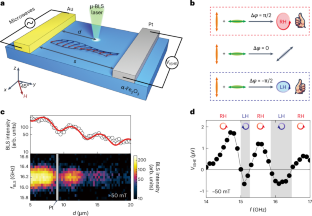2025-04-24 バース大学
<関連情報>
- https://www.bath.ac.uk/announcements/londons-low-emission-zones-save-lives-and-money-new-study-finds/
- https://www.sciencedirect.com/science/article/pii/S0167268125001143
「そして普通に呼吸しましょう」:低排出ゾーンが病気休暇と精神的健康に与える影響 “And Breathe Normally”: Impacts of low emission zones on sick leave and mental well-being☆,☆☆
Habtamu Ali Beshir, Eleonora Fichera
Journal of Economic Behavior & Organization Available online: 16 April 2025
DOI:https://doi.org/10.1016/j.jebo.2025.106994

Abstract
Air pollution poses a global concern due to its detrimental effects on climate, healthcare, and human capital accumulation. However, there is limited evidence on the health and human capital impacts of clean air transport policies. This study investigates the effects of London’s Low Emission Zone (LEZ) and Ultra-Low Emission Zone (ULEZ) on air quality, sick leave, well-being, and physical health. By exploiting the temporal and spatial variations of these policies – implemented in Greater London (LEZ) in 2008 and Central London (ULEZ) in 2019 – we implement a difference-in-differences approach utilising linked survey and administrative data. We show that the LEZ and ULEZ policies significantly reduced PM10 and NO2 levels. Consequently, we observe substantial improvements in labour productivity, with sick leave reduced by 18.5% from pre-LEZ levels. The ULEZ contributed to enhanced mental well-being, as evidenced by increased feelings of happiness, worthiness and satisfaction, along with a reduction in anxiety. These effects are further supported by improvements in physical health, with the LEZ reducing the incidence of long-term health conditions by 6.8% and respiratory issues by 10.2%. A back-of-the-envelope cost–benefit analysis suggests that the policies generated savings exceeding £37 million per year for the overall population.



